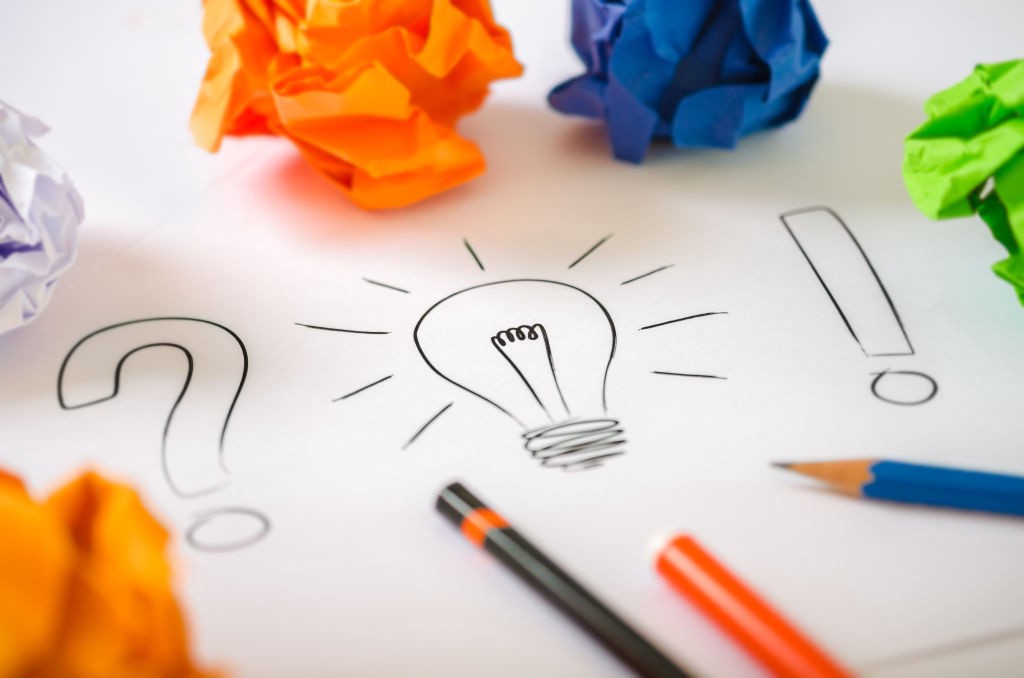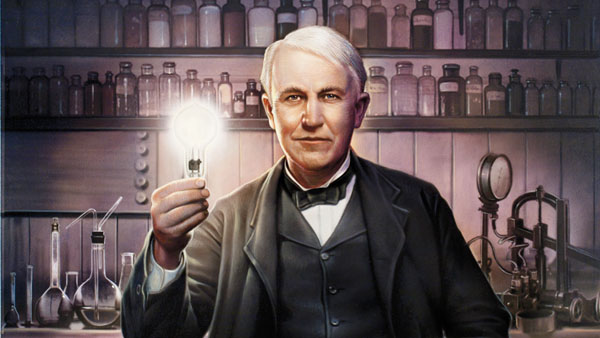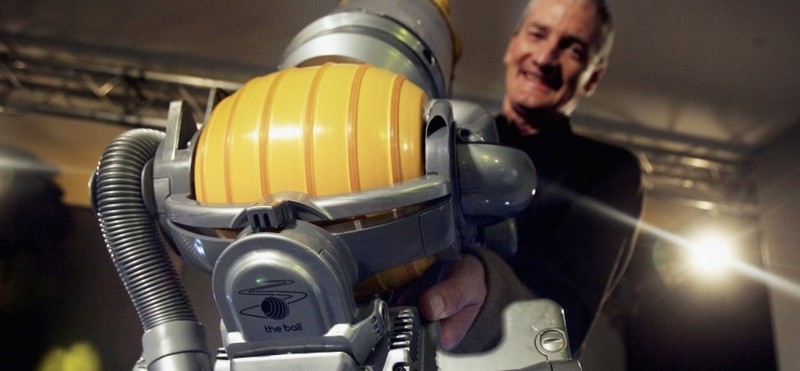Requirement #3: Hands-on Activities¶
\(\boxed{\mathbb{REQ}\Large \rightsquigarrow}\) Complete four of the activities below.
Explore product innovation
Examine one product and at least two different versions of that product. Create a list of the differences between the designs. Discuss with your counselor the differences and what you think each difference is trying to solve.
Tip
What is innovation?
Innovation is a new or improved product or process (or a combination thereof) that differs significantly from the unit’s previous products or processes and that has been made available to potential users (product) or brought into use by the unit (process) (according to this site.)
There are different types of innovations (check out the site referenced above for more information):
Organizational innovation: development of a new organizational strategy that will change business practice (for example, the adoption of a 4-day workweek).
Process innovation: implementing a new or improved production or delivery approach (for example, using statistical data to decide on train schedule).
Product innovation: introduction of a new or improved good or service (for example, the first electric vehicles).
Marketing innoation: developing a new marketing strategy that produces changes in the way a product is designed or packed.
Eco-innovation: innovation resulting in significant progress towards the 2030 goals sustainable development established by the United Nations
Research prototyping methods
Find and explain the differences between a “works-like” and “looks-like” prototype. Learn the reasons and applications where one method would be chosen over the other. Research different ways and costs of having a product professionally prototyped. Explore the reasons why one method would be chosen over another. Discuss and explain your findings with your counselor
Tip
What is prototyping?
According to the Interaction Design Foundation, prototyping is an experimental process where design teams implement ideas into tangible forms from paper to digital. Teams build prototypes of varying degrees of fidelity to capture design concepts and test on users. With prototypes, you can refine and validate your designs so your brand can release the right products. Learn more by visiting the site!
Market research
Research and understand the terms: market size, business plan, value proposition, elevator pitch, cost-effective design, and ethnographic research ¬specifically in reference to product design. Discuss with your counselor what these terms mean and why they are important for a product designer to understand, and how they affect the design of a product.
Practice brainstorming
Examine different brainstorming methods. Choose a product you have used or a situation you have experienced. Using one method you found, brainstorm various ways to improve the product or situation. You do not have to brainstorm designs, just ways to improve the design. Present your list to your counselor and discuss.
Tip
What is brainstorming?
Learn about and practice “Painstorming”
Research “painstorming”: what it is and how it is done? Choose a product you have used or a situation you have experienced and “painstorm” for at least 15 minutes. Do not think of designs to solve the pains, just list as many pains as you can. Present your list of pains to your counselor and discuss.
Tip
What is painstorming?
According to this website, painstorming is a method of brainstorming problems and pains in an industry, environment, activity, or within a group of people and then generating business ideas that solve those problems.
Basic process:: think of a specific subject or area, come up with all the things you hate about that subject/activity/etc., and come up with solutions to those pains.
Inventors
Choose a historical or modern inventor who interests you, and research them and their inventions. If possible, learn about the iterations their product went through before it became successful. Discuss with your counselor the researcher and their inventions, as well as why you chose that person.
Tip
Thomas Alva Edison (February 11, 1847 – October 18, 1931) was an American inventor and businessman who has been described as America’s greatest inventor. He developed many devices in fields such as electric power generation, mass communication, sound recording, and motion pictures.
One of the most famous and prolific inventors of all time, Thomas Alva Edison exerted a tremendous influence on modern life, contributing inventions such as the incandescent light bulb, the phonograph, and the motion picture camera, as well as improving the telegraph and telephone. (source: here, check it out for more information)
Note
Why should you always prototype multiple designs?
As explained on this site, 5,127 is the number of prototypes that James Dyson claims to have created trying to perfect his bagless vacuum cleaner. Five thousand, one hundred and twenty seven. You see designing stuff is a messy business. Some ideas work out, some don’t. It’s only through a certain amount of trial and error (or in James Dyson’s case, a lot of trial and error), that you end up with a great design. This is why it’s so important to always, always prototype and user test multiple designs.
Attention
Once you have completed this requirement, make sure you document it in your worksheet!


